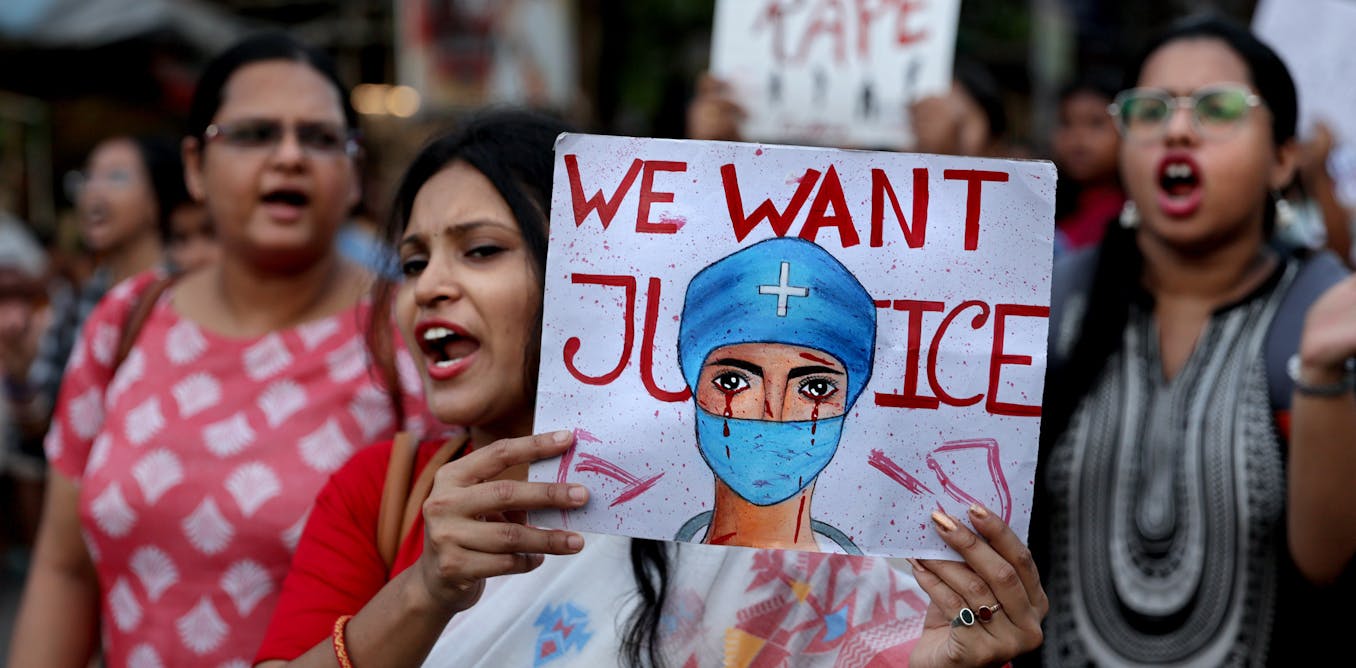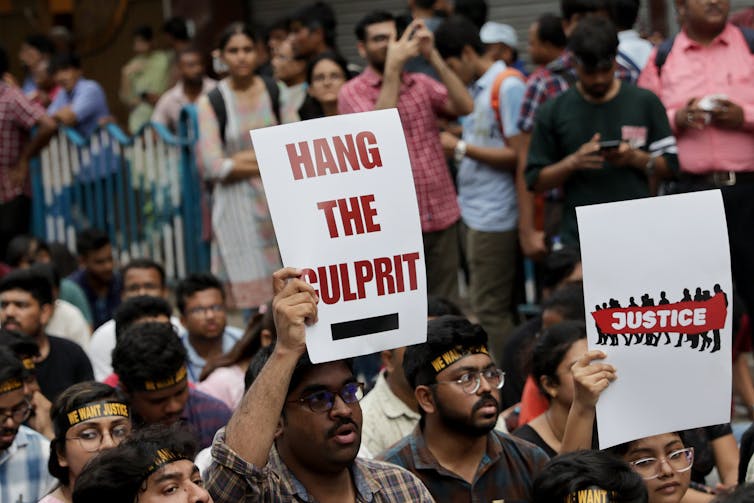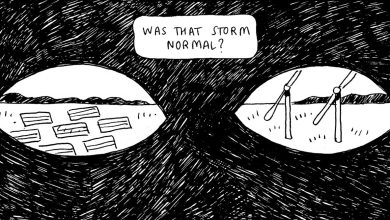Women in India face daily threat of sexual violence – more needs to be done to break the cycle

مجلة المذنب نت متابعات عالمية:
Twelve years ago, in 2012, people around the world read with horror as details emerged of how a 22-year-old woman named Jyoti Singh was raped on a bus in New Delhi by six men. She died from her injuries in hospital less than two weeks later.
The incident, which is commonly known as the Nirbhaya case, became a watershed moment for India and focused the national conversation on violence against women. Massive protests broke out in the capital and quickly spread across state borders as people demanded justice.
Laws were subsequently amended to recognise wider definitions of violence against women, sanctions were put in place for police inaction, and stricter punishments were introduced for perpetrators – including the death penalty.
Not every case makes it to the front pages of the newspapers. According to data from India’s National Crime Records Bureau, nearly 90 rapes were reported on average every day in 2022. And the actual number is likely to be even higher.
But the recent rape and murder of a 31-year-old female trainee doctor in India has garnered international attention. Her body was found in the seminar hall of a reputable teaching hospital in Kolkata where she worked.
Within hours of the news breaking, people rallied on the streets across the state of West Bengal in solidarity with the victim. And doctors throughout India observed a nationwide strike, with hospitals and clinics turning away non-emergency patients.
In an interview with the Guardian, the young doctor’s father said: “We are a poor family and we raised her with a lot of hardship. She worked extremely hard to become a doctor. All she did was study, study, study”.
This sentiment is precisely what brings people to the streets each time a case like this emerges. We have seen the death not only of another woman, but the death of an aspirational, modern Indian woman who represents the future of the country.
Piyal Adhikary / EPA
Looking back to understand the future
Around the same time as Jyoti Singh’s murder, I conducted one of the first studies to take into account the perspectives of convicted rapists in India. The motive was simple: to understand the underlying social mechanisms that support and maintain violence against women in India.
This involved exploring the attitudes towards women and perceptions of culpability in convicted rapists and non-sex offenders in Delhi’s Tihar Jail. After hours of listening to their stories, I realised that these men expressed attitudes that very much reflect the psyche of Indian society.
The men convicted of rape expressed attitudes including victim blaming, a sense of entitlement and a lack of understanding of consent. These are factors that research has shown contribute to aggressive behaviour and sexual violence against women around the world.
Rapists are not alone in expressing such attitudes. A clip posted on YouTube by Indian online newspaper The Print in 2019, six years after the Nirbhaya case, captured mens’ attitudes towards women on the streets of Delhi. A recurring viewpoint was that rapes will inevitably happen if women wear revealing clothes.
Since the Nirbhaya case, there have been several other prominent rape and murder cases in India. And on each occasion we have seen this trend of mass protesting for a couple of weeks before everything dies down.
Research suggests that states often turn to symbolic action to appease public outrage, such as delivering harsher punishments like the death penalty. But studies show that punishments like the death penalty do not deter sexual violence. If anything, they can encourage the perpetrators to kill the victim so that there is less chance of being identified.
This was seen in 2019, when a 26-year-old veterinarian was brutally gang-raped and killed by four men before they burned her body in Shamshabad, a town in the Indian state of Telangana.

Piyal Adhikary / EPA
It is rape, and not sex, that is the problem. But India has long taken a regressive approach to sex education, which is recognised as crucial to progress in education, poverty reduction and gender equality.
A report also revealed that 89% of people in India watched porn via mobile devices in 2019, a 3% increase from 2017. And, according to author Aditya Gautam’s 2018 book Pornistan: How to survive the porn epidemic in India, the country contributes to between 5% and 10% of the worldwide Google searches for adult products.
With easy access to the internet and smartphone devices, it is all the more crucial to educate and create awareness around consent and what healthy intimate relationships look like.
My research with convicted violent offenders in India highlights that, because rape qualifies as an extreme form of sexual violence, it is often overlooked that the motivation and support for such acts stems from the entrenched views of the roles of women in society.
But the everyday threat of sexual violence towards women continues to exist in Indian society, and that is what needs more attention.
نشكركم على قراءة المنشور عبر مجلة المذنب نت, المتخصصة في التداول والعملات الرقمية والمشفرة















